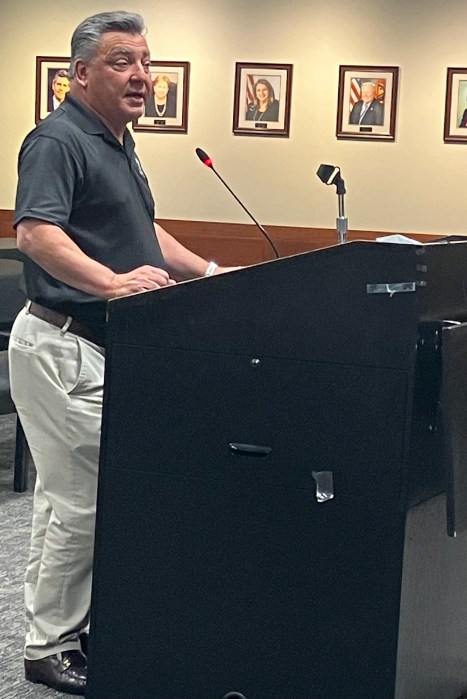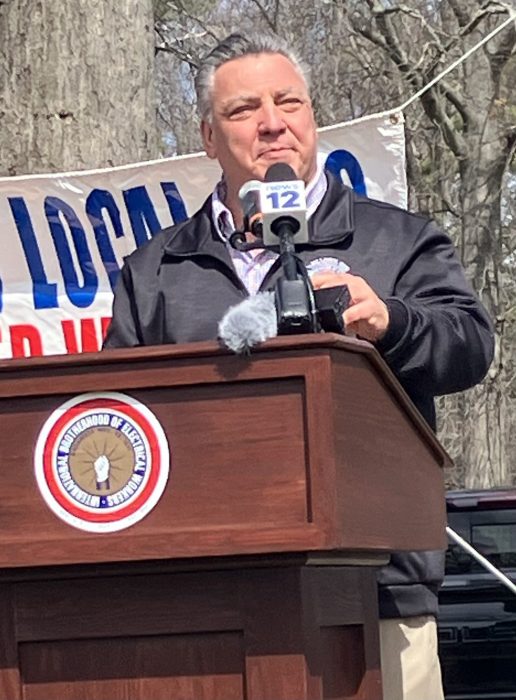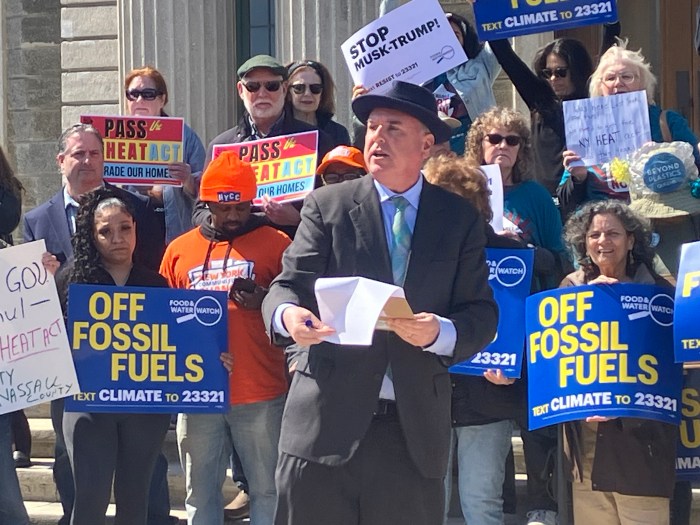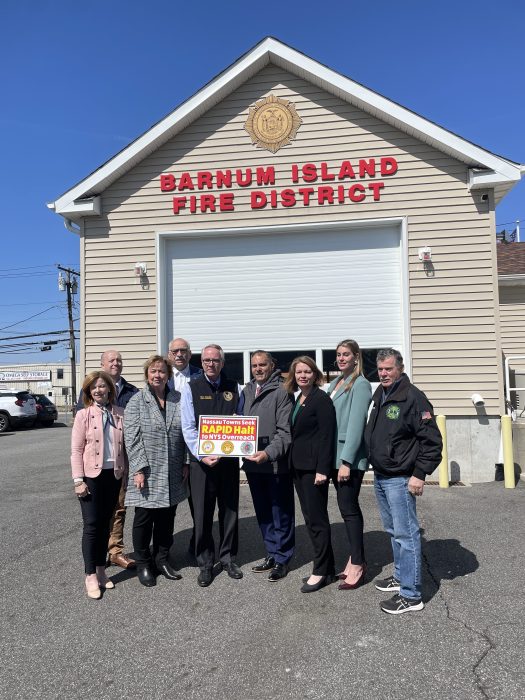For too many families and small businesses in New York, high energy bills have become a serious threat to their stability and success. But that burden is not shared equally. A recent study from Binghamton University finds that Black and brown households pay a disproportionate share of their income on average utility expenses. That same pressure is felt by the restaurants, retailers, and other small businesses that anchor our communities, where higher bills mean tighter margins and fewer dollars to reinvest in jobs and growth.
Rising costs hit our communities twice — once at the kitchen table, and again on Main Street.
However, our elected leaders have the opportunity to reorient the state’s energy policies to lower bills and protect our communities. To keep families financially stable and local businesses thriving, policymakers must support a multi-pronged energy strategy to reduce overall costs, lessen disparities, and foster a more reliable grid.
If energy affordability and equity are left unaddressed, high costs will continue to threaten household budgets and the survival of the very enterprises that drive opportunity in our neighborhoods. The ripple effects are enormous. When families are forced to spend more on basic energy needs, they have less to spend in local shops, less to save for education, and less to invest in their future. When small businesses face higher utility bills, they are forced to cut back on hiring, scale down expansion, or in some cases, shut their doors altogether.
This is why energy policy cannot be treated as one-size-fits-all. Communities differ in infrastructure, housing stock, and business needs. Policies that ignore those differences risk driving up costs, reducing reliability, and exacerbating existing inequities. For Long Island, that could mean more families in financial distress and more businesses closing their doors.
As someone who has dedicated his career to bolstering our local economy, I have great concern about the long-term impact of sky-high utility bills. If households are squeezed and small businesses cannot survive, job creation stalls, local wealth declines, and entire communities lose ground. Lawmakers must take this seriously.
That means pursuing a balanced energy strategy — one that lowers costs and ensures reliability while advancing toward a greener future. Renewable energy is vital to our future and requires sustained investments. But renewables alone cannot meet demand without driving costs higher. Natural gas, nuclear, hydro, wind, solar, and emerging technologies all play important roles in powering New York. Phasing out reliable sources prematurely would destabilize the system and impose the steepest costs on those least able to afford them.
For Long Island’s business community, the stakes could not be higher. Rising energy bills risk driving entrepreneurs away and weakening our competitiveness. For families, the burden threatens financial stability and quality of life. For both, the wrong policies could deepen historical disparities.
There is no question that New York must do its part to advance sustainability, but the avenues we take to pursue that mission matter. We need a path forward that considers all factors before making decisions that could limit energy resources and further drive up costs.
The Empire State has always risen to meet big challenges. By adopting a balanced energy strategy that values every resource, invests in innovation, and never loses sight of affordability, we can do so again — and set a national example in the process.
Phil Andrews is the president of the Long Island African American Chamber of Commerce

































